
Sonicadventure
-
Posts
8 -
Joined
-
Last visited
Content Type
Profiles
Forums
Articles
Gallery
Downloads
Events
Posts posted by Sonicadventure
-
-
1 hour ago, Steve Sells said:
Hard to correct things if the metal is cracked from the water quenching too fast, but you know best
No, I don’t know best, that’s why I’m here asking. And no, the metal is not cracked, hence why I’m asking now before I do anything else.
1 hour ago, Frosty said:Did you contact Kobolt to find out what alloy you are dealing with?
What posts did you read in the heat treat threads? I do not recall ANY of them recommend water as a quenchant for high carbon OR high alloy steel, Chrome or Nickel above a few points = high alloy in steel with more than maybe 30-40 points C.
One last thing. Why choose the mythical "cherry" red instead of Critical temp? Oh okay, what color is "Cherry Red" you quenched at, "red," orange or mid high orange? The cherries that represent the temperature "cherry" red are early Colonial era cherries which were darkish orange.
Any time you see someone recommend "cherry red" get a temperature from them and match to a color chart. You can download print those free and print a couple few different ones, you'd be surprised at the color variations between websites, monitors and printer ink. Most real welding supplies will have color correct temperature charts.
Frosty The Lucky.
I haven’t contact Kobalt but that will probably be my next step. I figured this would be a faster, even if anecdotal route.
I’m not saying any of the links mentioned water quenching. I now realize the issues, however, it is not the first time I’ve quenched steel in water. I know there are better solutions but sometimes you work with what you have until you have what you need.
Good point on the cherry red, I’ll have to get a color chart. -
Hi Steve, I looked at your links, but at this point I’m trying to first identify the type of steel I’m working with, then I can apply the proper techniques. The water I used was hot tap water that had probably cooled to around 100° at the time of quench.
-
Hi all, I needed to make a set of custom pliers, so I cut down an old set of 6” Kobalt pliers (the kind with the blue and grey slide off handle covers) from about 10-15 years ago. I annealed the pliers, drilled my hole and filed the heads, and attempted to re-harden them by heating the first half inch of the jaws to a cherry red and quenching in hot water.
A file test seems to indicate they didn’t harden much if at all. Anyone know what kind of steel these are, or what the process might be to harden and temper them? They are made in China. I believe they came from Lowe’s. I didnt do a file test on them before I annealed them, I should have to get a baseline hardness. However I was able to saw off the tips with a standard hacksaw after heating them red hot and leaving them cool in a can of sand.
let me know what you all think! Attaching a picture.
-
It has the holes on either side in the waist area; does that typically indicate forged construction, or were those holes sometimes cast in so a smith could use them to bend hot rod?
The bottom of the foot area of this one is more or less flat. I’m leaning towards an old English anvil, but there is so much pitting all over it it seems any stampings that may have been there are long gone.
-
Not sure about Vulcan, the feet of this one don’t look like a Vulcan.
Here is a basic rebound/ring test with a light ball pien. It sounds a little dead but seems to have OK rebound for such a light hammer and the face is decently flat. I don’t have any steel ball bearings to do a drop test.
-
Hi all, I blind purchased a beat up old anvil today at the local market. No clue as to brand as there doesn’t seem to be any markings. I do light sheet metal hobby work, and I have a HF cheapy and another old beater 35 pounder with the hardy hole end busted off. This anvil is likely bigger than I will need, but it gives me room to expand what I’m doing and someday get into a little bigger projects.
It comes in at 128 pounds. I assume it was probably originally 130 pounds before some of the metal broke off. The striking face is roughly 4” x 13”. The base dimensions are 11 1/2” by 10”. It’s about 10 1/2” tall in the middle. It appears to have a steel strike face, which is damaged in some areas. Disappointed that the horn is broken off and the table striking area is also badly damaged. However the hardy hole is decent and the base casting under the hardy hole area is quite sturdy which really appeals to me.
I know this thing looks rough, and I’m not sure if it’s worth investing the time and money it might need to practically restore it. That said, I felt the price was right and even in its current condition it does have usefulness. I wished I could have done a bearing drop test when I bought it but it wasn’t possible.Any ideas as to age or maker, or thoughts on what it might take to fully restore it? Thanks.
-
Hi and thanks for the forum.
i have need of a smaller anvil for forging small items. I bought the $19 15-pound cast iron anvil from Harbor Freight last night. My plan was to trace the face of this thing and cut a piece of tool steel about 3/8” thick, drill and square a hole for the hardys, and have my neighbor help me weld it to the face of this anvil.
i guess my questions are:
1. Can tool steel be welded to cast iron? If so what kind of tool steel would be best for an anvil face?
2. What kind of surface prep should be done to the anvil? It is coated all over (except the striking face) with some kind of blue paint. I was thinking I would just put this thing in my fireplace and let it burn off and then cool overnight. Good idea or bad idea?
3. What would be the best tool steel to use for this? After I have it shaped to fit, what type of heat treatment should I do to it prior to the welding? I was thinking a cherry red oil quench, weld, and then temper the whole anvil at like 450 for a few hours in the oven after the weld.
Thanks!
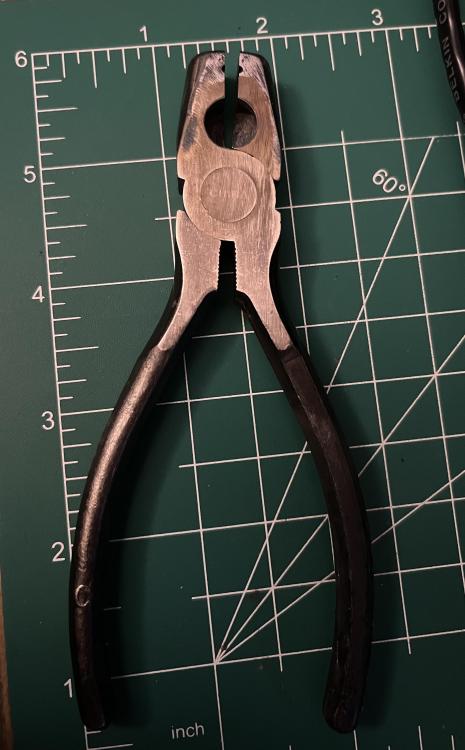
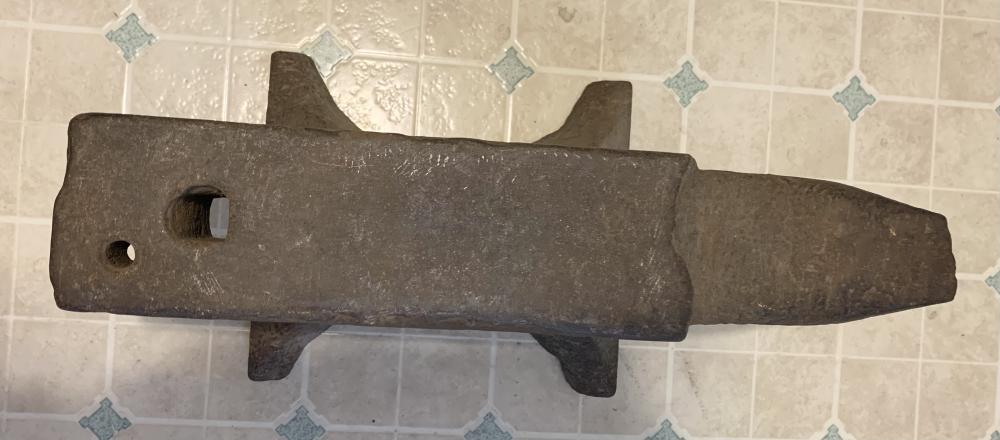
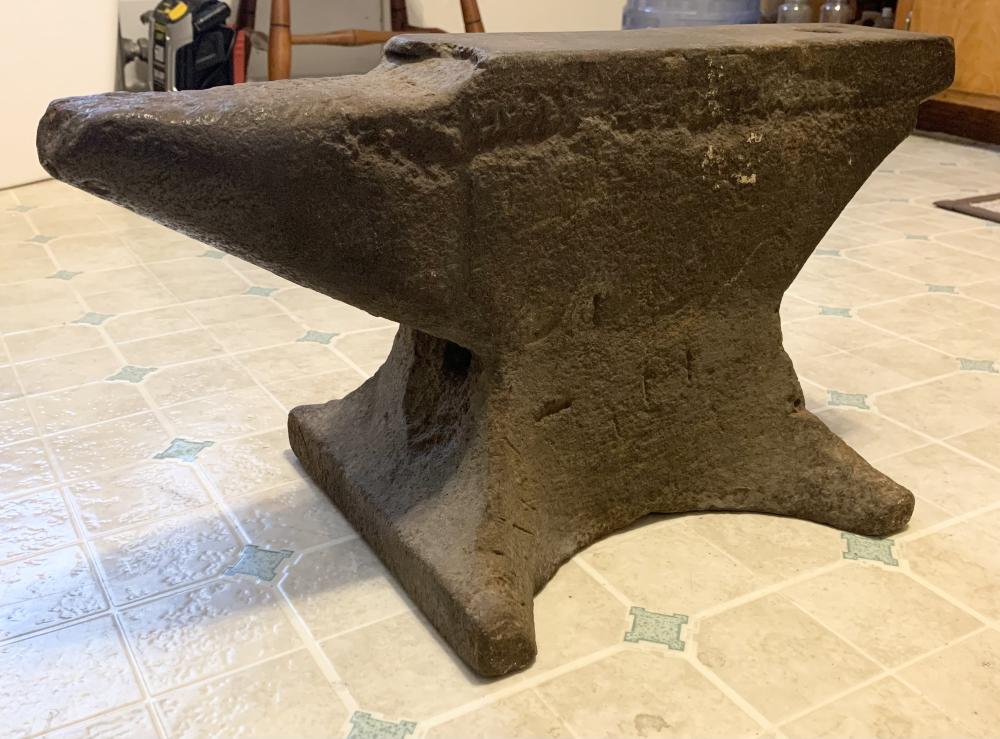
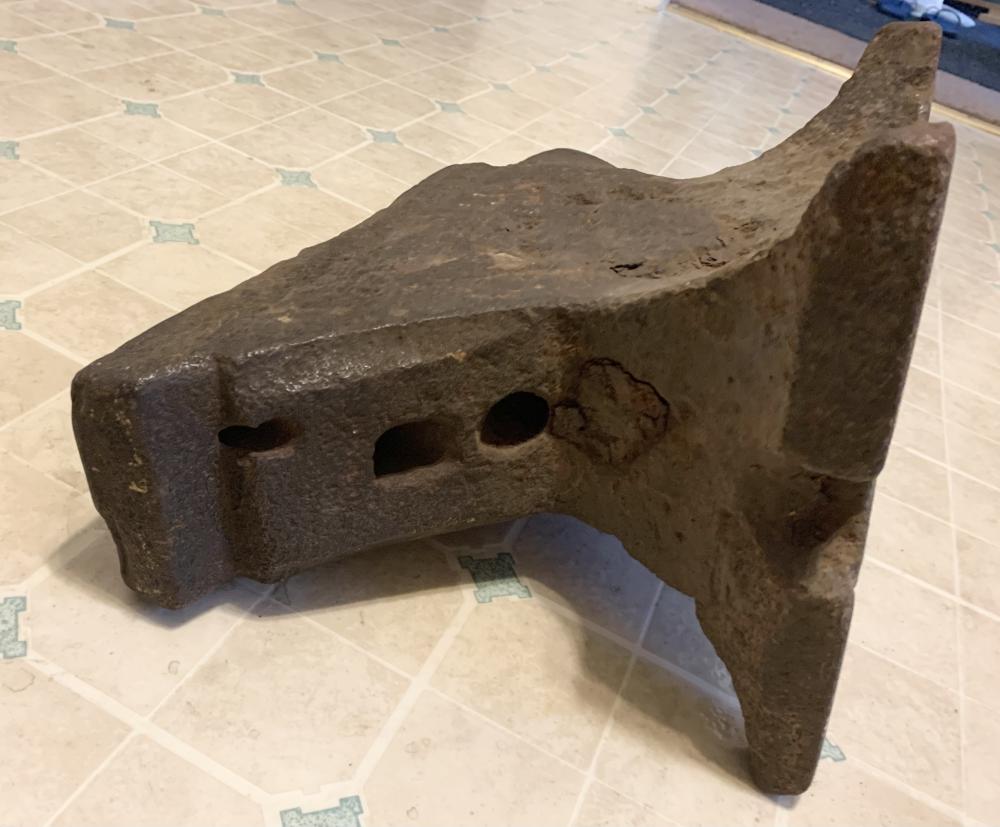
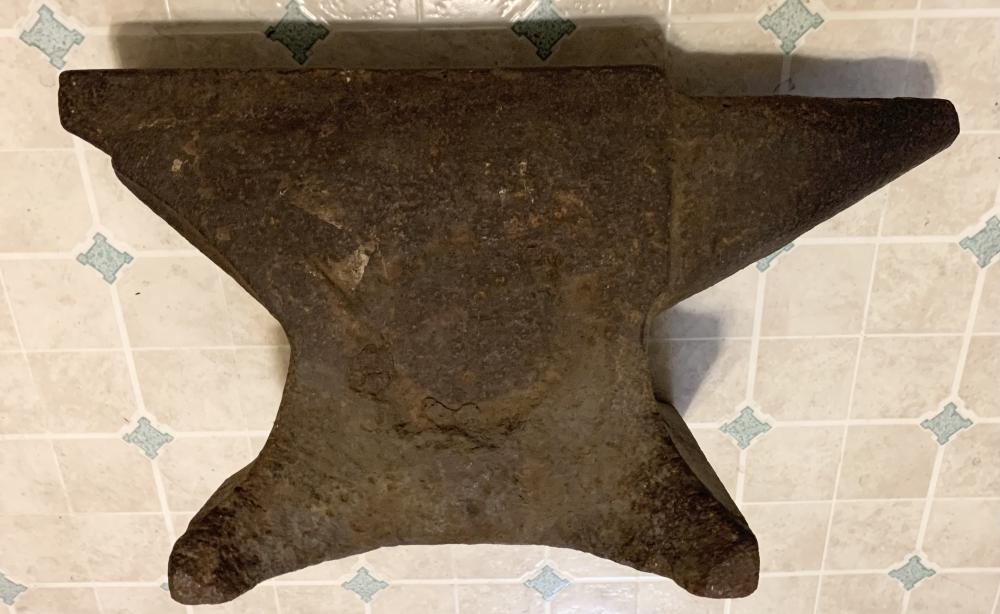
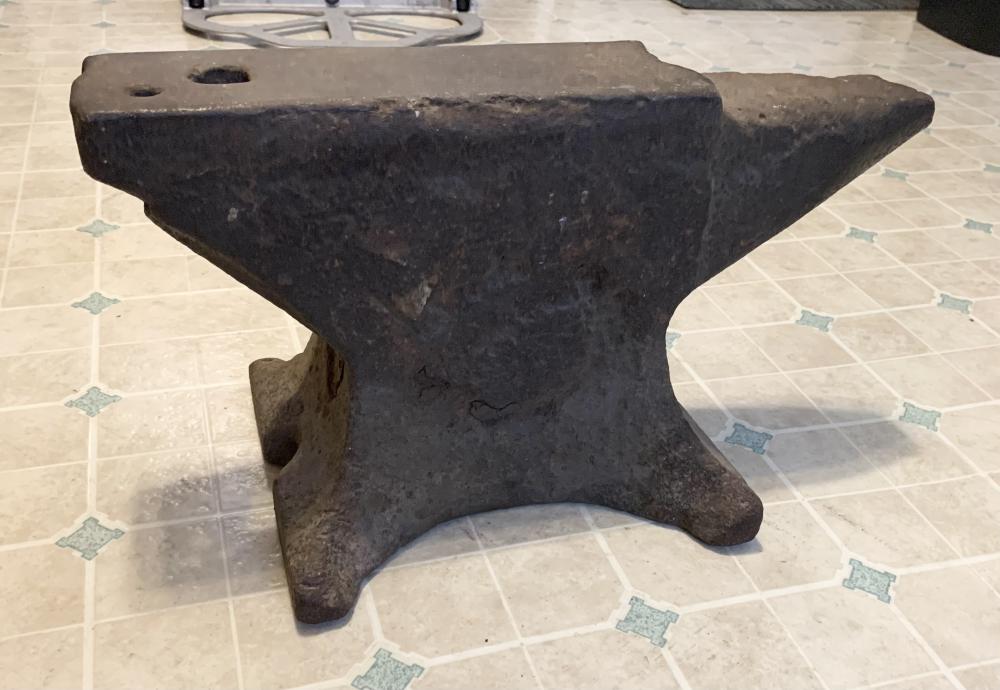
Go to place for best custom steel stamps?
in Tools, general discussion
Posted
Hi all, who is the best quality, fastest, and easiest to deal with when it comes to stamps for hot stamping in steel?
I’m looking for something simple, like initials and last name and U.S.A, no graphics. Plain typeface. Any suggestions?